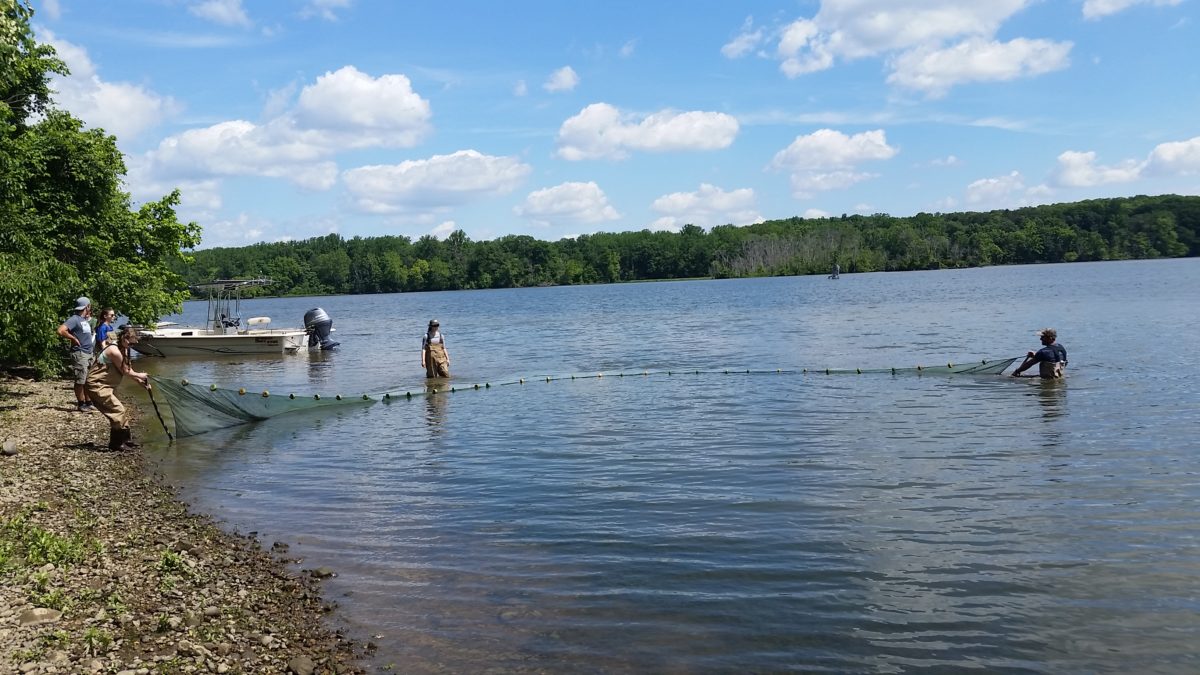By: Jeremy Williams

Life in the aquatic environment has always had my interest since I was young. It’s just something about life under water that fascinates me. My OSCAR research project this summer has been a phenomenal experience so far. Learning about fish communities and assemblages has shown me a different perspective of life. I never really knew how dynamic and complex a fish’s life could be until I came here. Now, I have developed appreciation, care, and respect for all fishes. In addition to studying about fishes, I also learned how to identify fish on the adult, juvenile, and larval level. I believe that identifying fish can be rewarding because it can get difficult trying find the intricate details to identify each fish at different stages of their lives. Also, being able to go out on the boat every week and seeing the natural scenery of both sample sites is something that the “Average Joe” doesn’t get to see every day.

Being around other people that are passionate about science and love it just as I do makes me feel right at home. Coming to work and being able to sit in the lab to doing science every day is feeling that I cannot explain. I love every second of arriving to the Potomac Science Center and looking out the window to see that awesome view of the Potomac River. Furthermore, the people in the building are all friendly and are willing to help anyway they can. This might seem small but having key card access to your lab is so awesome! It makes you feel like you are entering in a TOP SECRET room, but it’s just your lab. All this fun and excitement comes with hard work as well. I have taken pride in my research and study and cannot wait to present my project findings at the poster presentation to show what I’ve been working on this entire summer. If I could give advice to future student researchers, it would be to apply to not only just OSCAR internships but to any internship. I guarantee that it will be an experience you will never forget.




